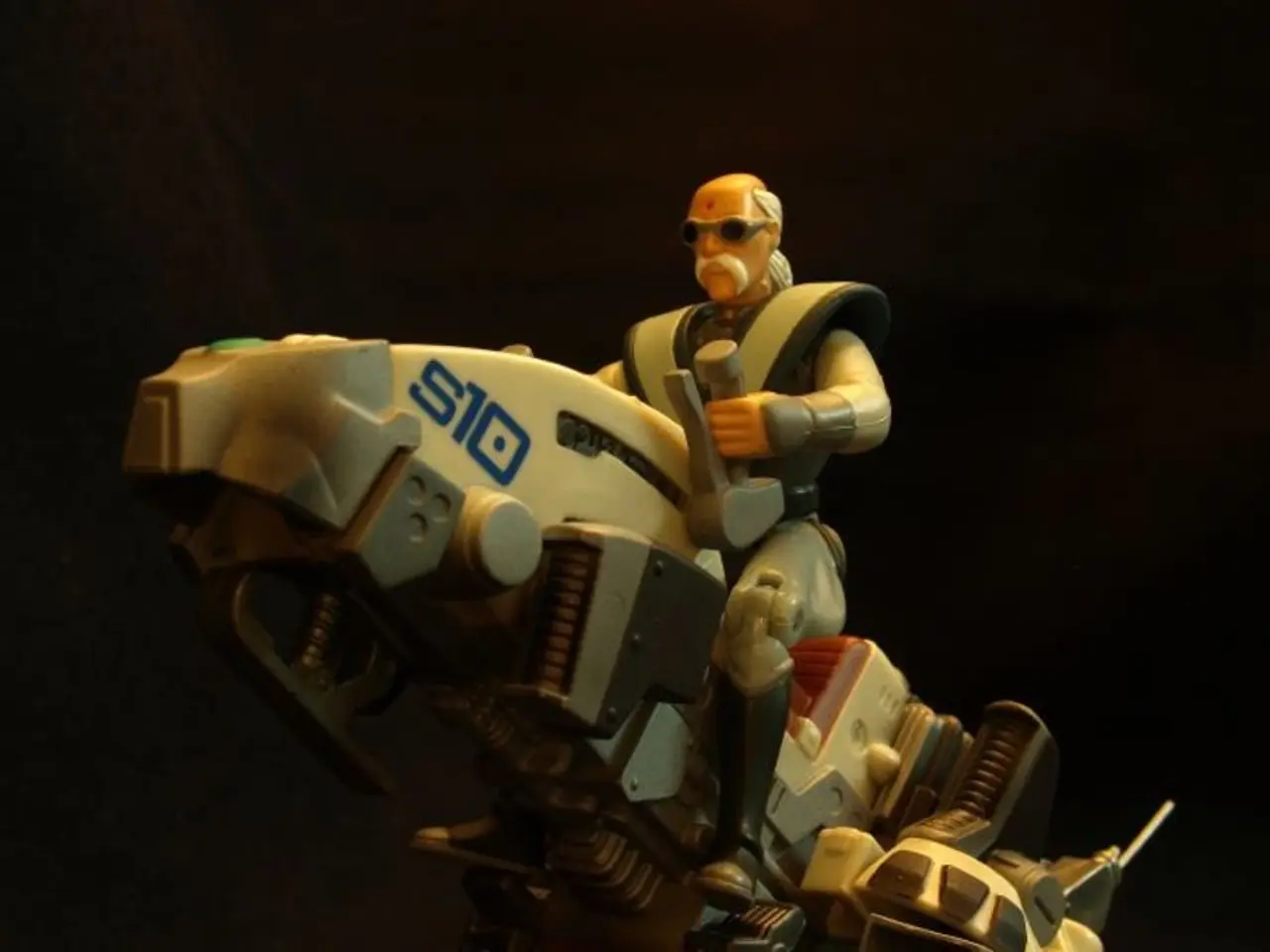Toyota's Soccer Robot Developed by a 28,000-Member Engineering Team
Toyota's Hydrogen-Powered Soccer Robot: PIXI
The Toyota Engineering Society (TES), a group of dedicated volunteers within Toyota, has made headlines with the creation of PIXI, the world's first hydrogen-powered autonomous soccer robot. This innovative project showcases TES's commitment to fostering technical innovation and advancing engineering expertise.
TES, founded in 1947, operates as a bottom-up organization, allowing its members to take the lead in various projects. The team behind PIXI consists of first-timers with no experience in robot development, demonstrating the society's mission to encourage members to tackle new fields and ignite the monozukuri spirit.
Yosuke Matsumoto, Assistant Manager, led the team in gathering data from human players to understand what goes into a good kick. Takeru Miki, Group Manager, took on the challenge of tackling something outside his expertise in hardware design. The team headed to a nearby park to gather data on soccer kicks, but uncertainty set in among the members after buying the motors to start the project.
Despite the challenges, the team persevered, and PIXI can now aim and shoot soccer balls precisely, with shots of up to 85 km/h. The robot's performance has even caught the attention of former members of Japan's national soccer team, such as Satoshi Tsunami, who has commented that PIXI is better than him at aiming and shooting from the penalty spot.
The creation of PIXI aligns with Toyota's strategic goals to innovate in hydrogen energy and robotics, pushing the boundaries of sustainable mobility and intelligent machinery. The robot demonstrates the practical application of hydrogen power beyond vehicles, highlighting its potential for sustainable tech. Additionally, it advances autonomous control systems that could translate into automotive and industrial use cases.
Furthermore, the PIXI project was chosen to appeal to people of all ages and backgrounds, engaging in public and academic interest areas like robotics competitions to stimulate innovation and build expertise. The Toyota Engineering Society shares the lessons and achievements from their endeavors with all members, hoping to change their awareness and inspire future projects.
While TES has mainly focused on car-related research, in 2017, they created an AI-driven basketball robot after a call from then-Chairman Uchiyamada to create something different. This demonstrates the society's adaptability and commitment to exploring unconventional projects, such as the fish robot for collecting marine garbage.
In summary, the Toyota Engineering Society serves as a hub for engineers and researchers to collaborate on advanced projects, share knowledge, and promote new technologies consistent with Toyota’s broader mission of problem-solving and innovation. The creation of PIXI exemplifies TES’s role in pioneering hydrogen-powered autonomous robotics as a showcase of sustainable, innovative technology development.
[1] Toyota Production System (TPS): https://www.toyota-global.com/innovation/production-system/ [3] Taiichi Ohno: https://www.toyota-global.com/innovation/leaders/ohno/
Read also:
- Show a modicum of decency, truly
- Latest updates for July 31: Introduction of Ather 450S with expanded battery, unveiling of new Tesla dealership, and additional news
- VinFast's debut EV plant in India, Tata Harrier EV distribution starts, next-gen Mahindra Bolero sightings caught on camera
- Tesla-powered residences in Houston create a buyers' frenzy




